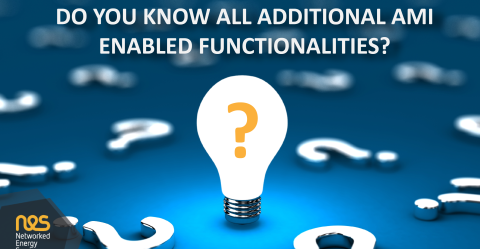
Transformer Monitoring and Balancing
Aug 18, 2022Advanced metering infrastructure (AMI) is an integrated system of smart meters, communication networks, and data management systems that enables two-way communication between utilities and customers. An AMI system provides a number of important core functions including the ability to automatically and remotely measure energy usage, connect and disconnect service, detect tampering, promote load conservation, identify and respond to power outages.
In addition, there are other significant benefits that can be enabled including balancing energy at the transformer phase level, identifying distribution losses, monitoring power quality, and improving efficiency of electricity distribution. Also, the AMI System should enable monitoring the health of the secondary distribution stations including monitoring the energy and power quality data of secondary transformers.
Unfortunately, these key additional AMI enabled functionalities are often overlooked because not all AMI Systems can support them. In order to support this functionality, the system needs to create a local communication network for each distribution transformer, and maintain the meter to transformer grid topology of the low voltage grid. The system needs to monitor the energy and power quality readings for each transformer phase, and be able to compare this data with the information from the corresponding smart meters.
The NES smart metering solution provides this type of system and the required architecture that helps Distribution System Operators (DSOs) monitor the low voltage grid and distribution transformers. The NES System can identify under or over utilized distribution transformer stations, both of which can lead to problems within the network and the ability to reliably provide energy to consumers. Experience has shown that the transformer issues identified by the NES Solution can quickly be resolved through appropriate and prompt DSO actions. By using information collected from smart meters, and then processed and visualized in NES Grid Software, DSOs are able to identify potential failures and react to prevent them in advance. These additional benefits help DSOs validate and justify investing in AMI.




